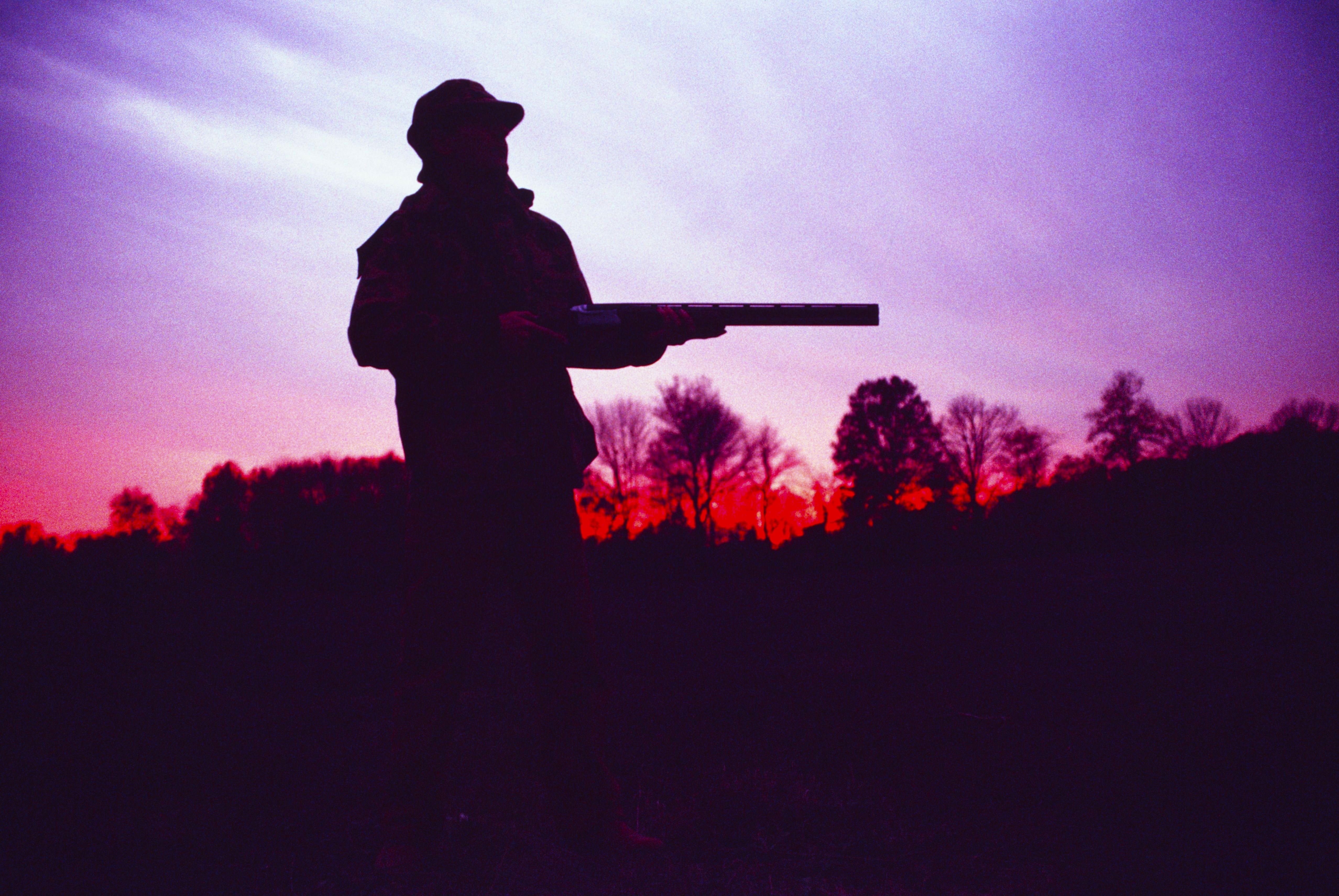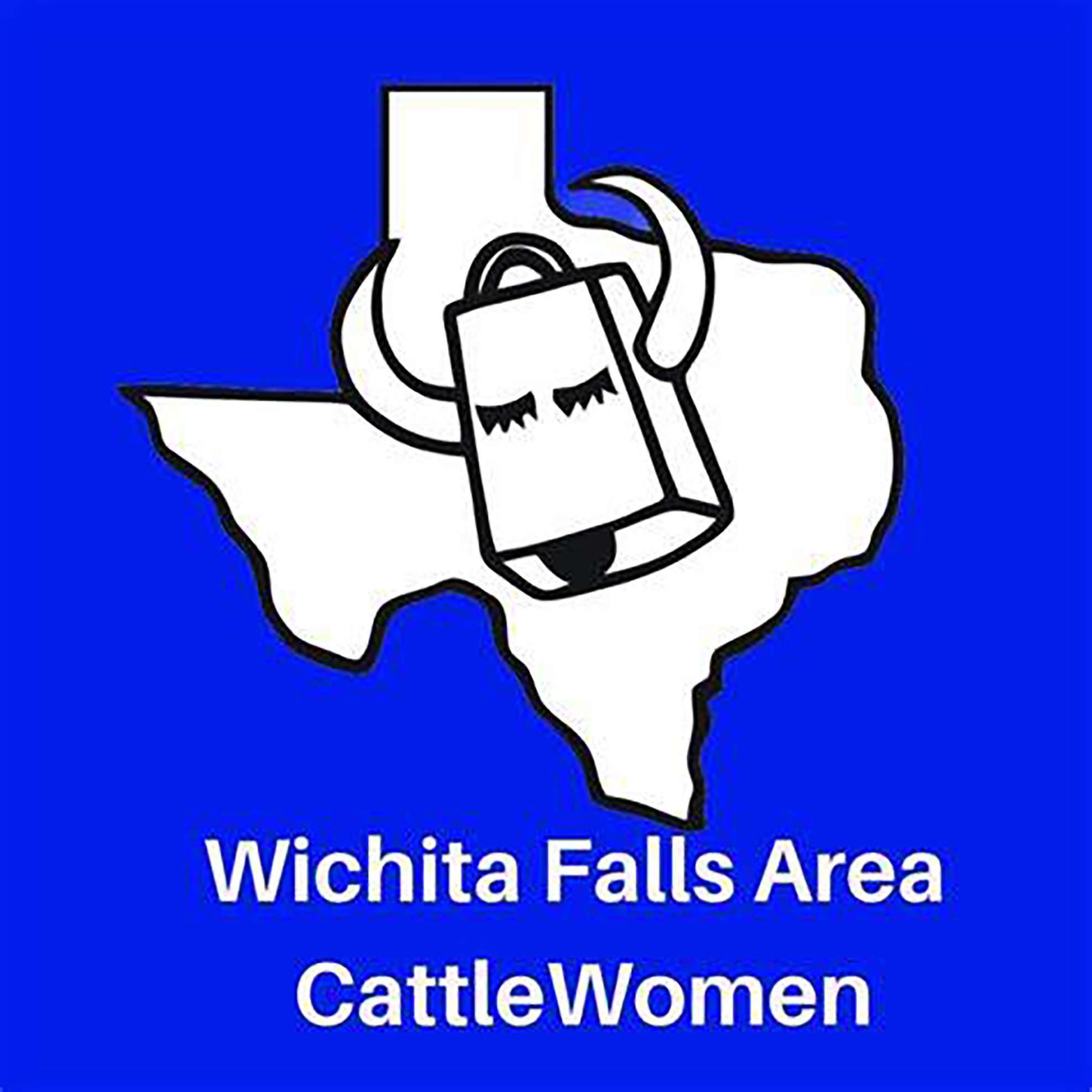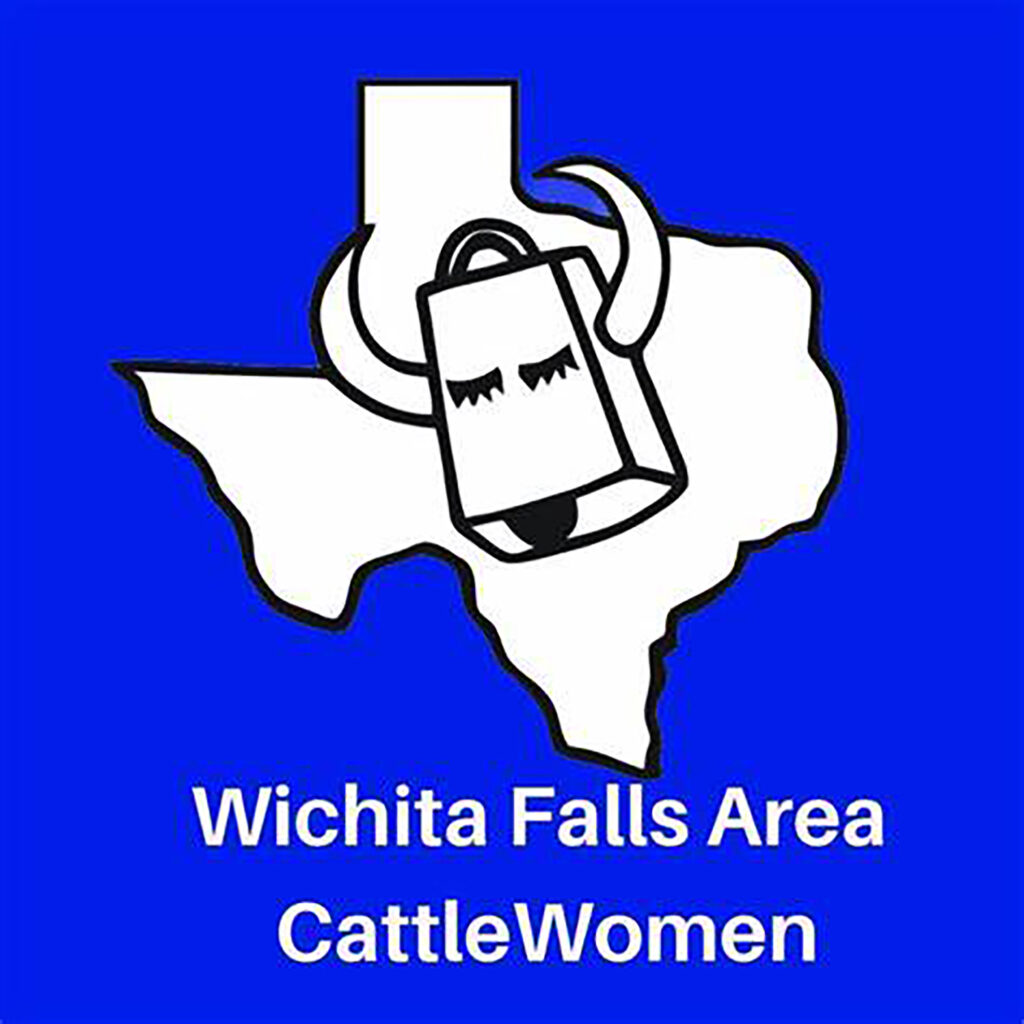HOME
Swamp Donkeys and a Sasquatch

By Andy Anderson
It’s 5 a.m., on this cold December morning. I’m sneaking through the house quietly, careful not to wake the house. I gather my hunting gear, fill the thermos with coffee and head out the back door, climb into my truck and head out down the road to the deer stand. Because I hunt on my own land, I pack light, just the basics: rifle and ammunition, coffee, a snack and binoculars.
It’s about 30 degrees and not a breath of wind. I park about a half mile away and walk into the stand.
As I’m approaching the hunting area, I can hear movement in the woods to my left, about 15 yards away. I think to myself, must be a opossum or armadillo. I try to keep walking, but my mind will not stop wondering what it is that seems to be following me. I can’t stop thinking about what’s out there making all that noise. It has to know I’m here, and it’s not scared of me.
So, I take out my mini flashlight and shine it into the woods. I can still hear it, but I can’t see it. The forest area is dense, over grown with underbrush, and briars. The ground is littered with all the leaves from the trees. It’s getting louder and closer. I hold my ground shining the light intensely in the area of the sound. Then it stops, no sound. All I can hear and feel is my heart beating hard and the exhale of the air from my lungs. Then, a little rustle in the leaves, a crack of a twig, and there I see it, an armadillo.
As a smile begins to raise and a sense of relief comes over me, a loud crash is heard.
The sound of large limbs breaking and the distinct indication of something very large running through the woods away from me breaks the silence about the woods. I’m startled. My body becomes warm all over, my eyes focused, hearing intensifies. I drop my gear bag, shine the light in the direction of the sounds. The armadillo flees for its life as well. It runs right at me, hits me in the left leg, bounds straight up nearly doing a back flip and hits the ground running. Almost as quickly as it started, it was over.
To read more pick up a copy of the October 2017 NTFR issue. To subscribe call 940-872-5922.
HOME
Preparing Spring Gardens

By Hannah Claxton | Editor
The North Texas area is located within USDA Hardiness zones seven and eight. The zones are categorized by predicted low temperatures for winter and timing of the first and last frosts.
Zone seven usually has winter low temps between 0 and 10 degrees F with the average date of the first frost falling between Oct. 29 and Nov. 15 and the average date of the last frost falling between March 22 and April 3.
Overall, these two zones have similar climates and growing conditions, making the options for timing and variety within a garden very similar.
In these zones, cool-season crops should go in the ground in March, meaning that soil preparation should start now.
To read more, pick up a copy of the January edition of North Texas Farm & Ranch magazine, available digitally and in print. To subscribe by mail, call 940-872-5922.

HOME
Equine Vaccinations

By Heather Lloyd
Vaccinations are a critical component of maintaining the health and well-being of horses, especially in environments where they are exposed to other animals, such as in the sport, show and performance arenas. Horses, like all animals, are susceptible to various infectious diseases that can spread quickly and cause serious harm.
A routine vaccination schedule helps prevent the spread of these diseases by preparing the horse’s immune system.
To read more, pick up a copy of the November edition of North Texas Farm & Ranch magazine, available digitally and in print. To subscribe by mail, call 940-872-5922.

HOME
Wichita Falls Area Cattlewomen

Having herds on a controlled breeding schedule means that we have a predictable calving schedule, and while it’s only over a couple of months, for us it does fall right after the start of the year. I lobby annually to call ours the “Winter calving season”, but I am outvoted and my husband still refers to it as Spring. Unlike producers in our Northern States, we don’t have to contend with brutally harsh winter weather, and on those rare times we do, thankfully it is not for extended periods. Regardless of whether you have a Spring or a Fall calving schedule, the health of a newborn calf begins with the mother’s health, and the mother’s health is largely dependent on the producer.
To read more, pick up a copy of the November edition of North Texas Farm & Ranch magazine, available digitally and in print. To subscribe by mail, call 940-872-5922.

-

 Country Lifestyles2 years ago
Country Lifestyles2 years agoScott & Stacey Schumacher: A Growth Mindset
-

 Country Lifestyles8 years ago
Country Lifestyles8 years agoStyle Your Profile – What your style cowboy hat says about you and new trends in 2017
-

 HOME8 years ago
HOME8 years agoGrazing North Texas – Wilman Lovegrass
-

 Outdoor10 years ago
Outdoor10 years agoButtercup or Primrose?
-

 Country Lifestyles5 years ago
Country Lifestyles5 years agoAmber Crawford, Breakaway Roper
-

 Country Lifestyles9 years ago
Country Lifestyles9 years agoJune 2016 Profile – The man behind the mic: Bob Tallman
-

 Country Lifestyles8 years ago
Country Lifestyles8 years agoDecember 2016 Profile, Rusty Riddle – The Riddle Way
-

 Equine1 year ago
Equine1 year agoThe Will to Win




